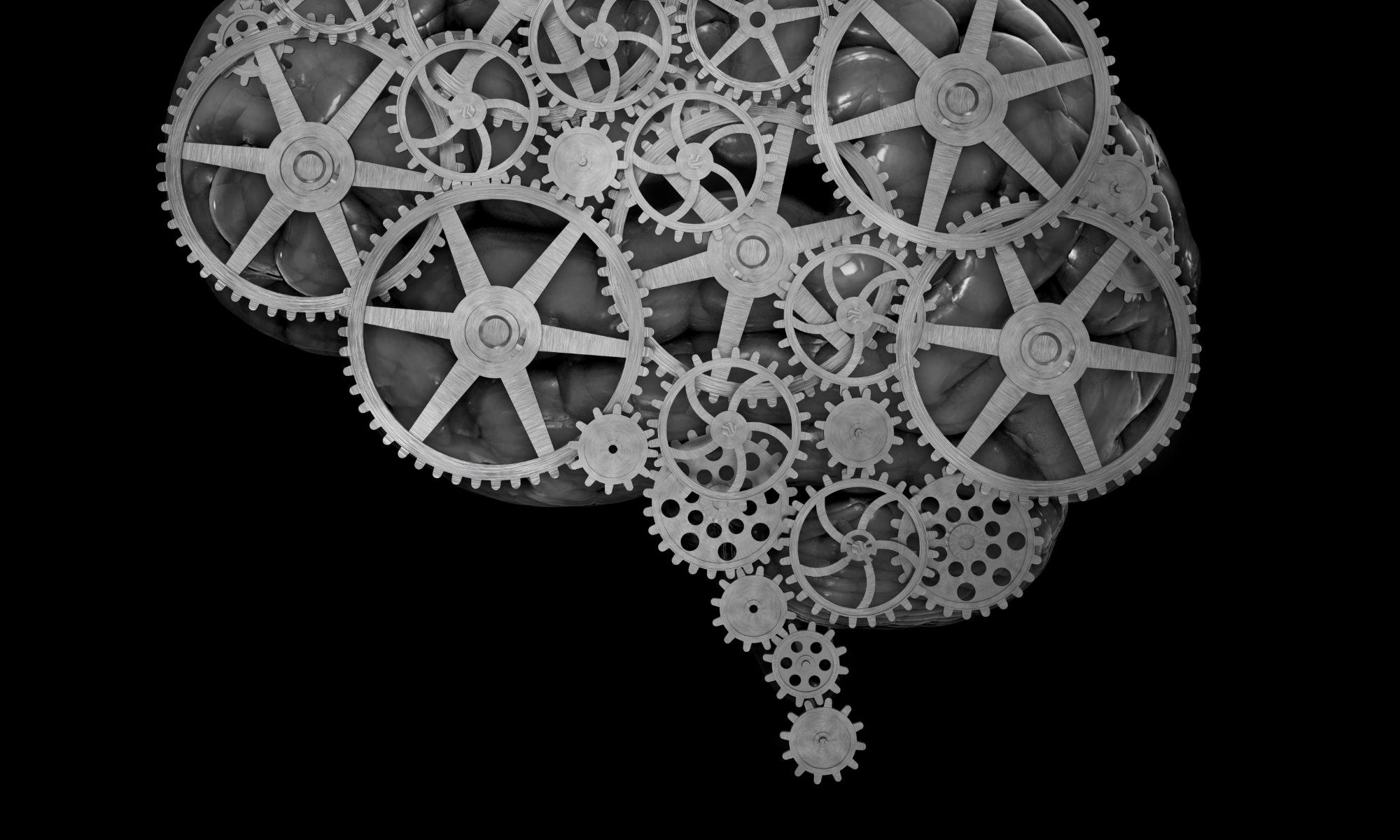The presidential debate between Hillary Clinton and Donald Trump on Monday night was the most watchedpresidential debate in American history. Race was a prominent theme of the debate, as it has been the whole campaign. At one point, moderator Lester Holt asked Secretary Clinton if she “believed that police are implicitly biased against black people” and Clinton responded, “Implicit bias is a problem for everyone, not just police.”
Clinton is not the only prominent public official to recognize that implicit bias is a challenge for our nation. Last year, Justice Kennedy recognized the way in which “unconscious prejudice” contributes to inequality in a landmark decision involving the Fair Housing Act. And FBI Director Comey also publicly acknowledged the overwhelming research demonstrating the presence of widespread unconscious biases, and the way in which these biases may manifest in policing.
It bodes well that these scientific findings are making their way into our public discourse. However, their meanings and implications need to be carefully understood. Clinton was right that implicit bias is an issue that impacts all Americans, but does this mean that Americans are all secretly racist? Not at all.
Bias is not simply another word for racism. Bias represents an association between things. Everyone forms associations, a process that is simply part of being human. Even animals form such associations (think of Pavlov’s dog).
“Implicit” bias refers to associations that are not fully conscious. We could not survive if all our decisions were completely subject to the conscious mind. Because the mind processes so much information, the brain has evolved to look for short cuts. This is done by habituating many of the brain’s functions, letting the unconscious process large quantities of information through lumping data together in a streamlined, rapid fashion. While the conscious mind is slow and more deliberate, the unconscious is big and very fast.
Racial bias is not innate. The associations of the unconscious mind are largely formed by our environment, society, and culture. We are exposed to many images a day, by some accounts as many as 5,000. Certain images become paired in our unconscious mind. When two images appear repeatedly and frequently, the unconscious mind will connect them. These connections are largely environmental and do not need to be connected in actual fact. The unconscious does not make such distinctions. And these connections are built up over time, a process that happens largely without our conscious awareness, and without our conscious knowledge that we are using them to influence our reactions and behavior.
Through movies, music, news, and other cultural and social sources, our society has paired images of black men with drugs and guns. It does not matter to the unconscious that black people are factually no more likely to use drugs or guns then their white counterparts. Remember, facts are not necessary for implicit bias. The mere presence of cultural stereotypes between blackness and criminality will suffice. The unconscious will reach for the paired associations with the same ease that a commuter turns the corner upon reaching her or his street. Research by social scientist Jennifer Eberhardt from Stanford has shown that when people are exposed to a black face they can more easily and quickly identify a gun than a non-crime related image, even without their conscious awareness (Dr. Eberhardt was awarded a Macarthur genius grant for her research in this area).
These are not just individual issues, therefore our response should not be about individuals. What’s critical in the conversation around policing and implicit bias, as well as all Americans and implicit bias, is to understand that while implicit bias is not the same as racism, the results of implicit bias can still produce deeply racialized outcomes. Even if the conscious mind rejects racism, the unconscious may still hold biases. And these biases are even stronger when we are under stress.
Results based on these biases can undermine our conscious desire for fairness, but they are not insurmountable. There are things we can do to lessen bias, and knowledge and training both help. In the case of police, recognizing the role of implicit bias and providing sustained training to override those biases could save lives. Who could object to saving lives through such training?
Neuroscience is clear: bias is part of being human. Racialized consequences of harmful implicit biases are not. And the content and strength of particular biases are socially constructed. Understanding the role of implicit bias in our national psyche is something that does affect all Americans and having public conversations about implicit bias, including from the platform of our presidential debate, is both powerful and promising.
—
For more information about implicit bias, see the Perception Institute’s work on the Science of Equality, or visit Harvard’s Project Implicit.
